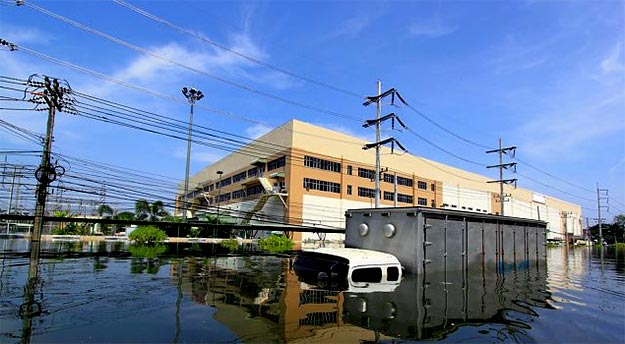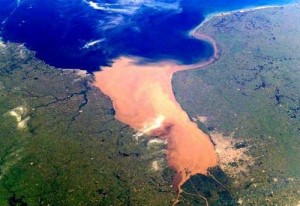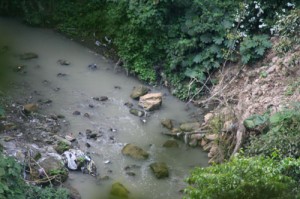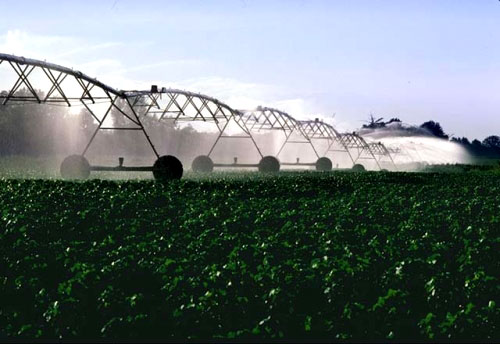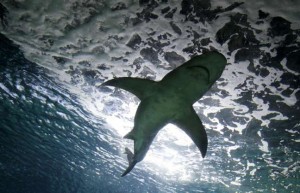 Marine biologists and ecologists in Panama recommended the adoption of urgent changes in fisheries in the countries of Central America in order to save sharks, more and more scarce in the Pacific.
Marine biologists and ecologists in Panama recommended the adoption of urgent changes in fisheries in the countries of Central America in order to save sharks, more and more scarce in the Pacific.
The Venezuelan researcher Hector Guzman, at the Smithsonian Tropical Research Institute (STRI) , revealed that three separate projects confirm a “very intense fishing” of sharks in Panama.
He recalled that aboard industrial ships and artisanal , scientists weighed and measured thousands of sharks. Of 18 species studied, five are in “critical condition” at the global level.
In fact, 96 percent of the catch in Panama of the hammerhead shark (Sphyrna lewini), the most valued by Central Americans fishermen are infants or juveniles. Read more







